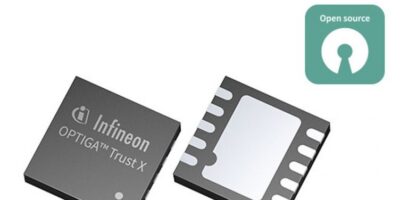Designed to process multiple streams of sensor data, the Arm Cortex-A65AE has been added to the Arm Automotive Enhanced IP.
The Cortex-A65AE processor delivers enhanced multi-threading capability with integrated safety through Arm’s Split Lock technology.
The processor is optimised for 7nm processes and is Arm’s first multi-threaded processor with integrated safety for handling sensor data in autonomous and high throughput needs in in vehicle infotainment (IVI) and cockpit systems.
For autonomous driving, multiple sensor inputs allow cars to view their environment, perceive what is happening, plan possible paths ahead, and deliver commands to actuators on the determined path. As more sensors are added, the requirement for multi-threaded processing increases. With data being collected at different points of the vehicle, high data throughput capability is a key part of the heterogeneous processing mix required to enable advanced driving assistance systems (ADAS) and autonomous applications. The Cortex-A65AE manages the high throughput requirement for gathering sensor data and can be used in lock-step mode connected to accelerators, such as machine learning (ML) or computer vision, to help process the data efficiently. This has to be done with a high level of safety capability.
In addition, more autonomy and advancing driver aids will mean that drivers will be informed through augmented reality (AR) head-up-displays, alerts and improved maps. Sensors will be able to monitor eyelid movement to detect tiredness, body temperature, vital signs and behavioural patterns to personalise the in-car experience. These capabilities require high throughput, ML processing and a lot of heterogeneous compute.
This requires a heterogeneous compute cluster. The Cortex-A65AE is a throughput focused application class core with Split-Lock to enable the highest safety integrity level with leading performance and power efficiency, claims Arm.






